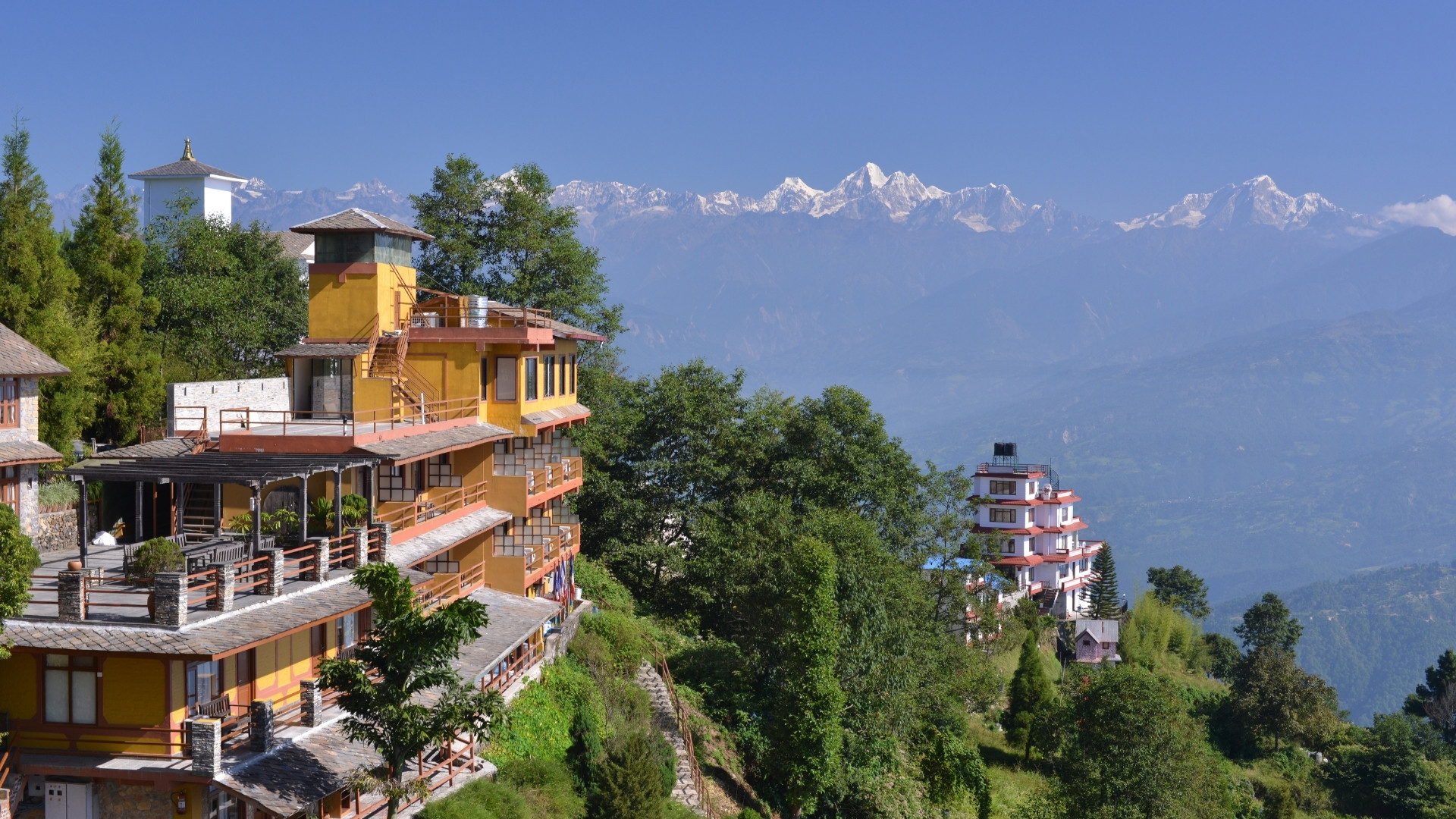Restaurant Insights | Hotel Stats Nepal | Tourism Nepal | Hospitality Employment

A recent survey by the National Statistics Office (NSO) has highlighted an investment of NRs 543.25 billion in gross fixed assets into Nepal’s hotels and restaurants, key components of the country's tourism infrastructure.
This sector produces NRs 326 billion worth of services (output) in the economy, including value addition of NRs 109.27 billion. These establishments collectively spend Rs 216.73 billion on operational costs such as hotel rooms, staff wages, furniture, food, and more.
The National Hotel and Restaurants Survey 2023/24, released on Wednesday, revealed that 387,687 businessmen, partners and workers are involved in the industry.
Out of the total persons engaged — 106,459 are paid employees and 281,228 are proprietors and unpaid family workers. The paid employees receive annual salaries, wages and benefits totaling NRs 20.61 billion, says the study.
The survey, which covered all star hotels and resorts, while other establishments such as non-star hotels, restaurants, party palaces, hostels, and homestays with over 10 employees were sampled, covered 142,223 establishments in all.
126 of the total establishments were star hotels and resorts each, 11,919 were non-star hotels and lodges, homestays (1,345), hostels (1,047), restaurants (126,859) and catering/party palaces (801).
Of the total establishments, 1,180 establishments are foreign owned out of which 1,121 establishments are fully foreign owned having a total of Rs 3.80 billion investment.
The survey which marks the first comprehensive survey of its kind in two decades after the first "Hotel and Lodge" was conducted in 2003/04, which covered only star hotels, resorts, lodges, and non-star hotels. The reference period for the present study is fiscal year 2022/23 and excludes food and lodging services within educational institutions, monasteries and street food stalls.
Regional investment and employment trends
The highest amount of investment is recorded in the Kathmandu Valley (Bagmati), totaling NRs 241 billion, followed by Gandaki with 106 billion. The least investment is observed in Karnali, with just 11 billion rupees. Lumbini ranked third, with an investment of 53 billion rupees.
Similarly, Bagmati Province alone accounts for NRs 152.08 billion of the total output, followed by Koshi with rupees 45.16 billion and Lumbini with rupees 40.22 billion.
Out of the 106,459 individuals working in the sector — Bagmati Province employs the largest share with 62,405 workers, followed by Gandaki (12,467), Koshi (10,248), and Lumbini (9,852) while Karnali employs the lowest at 1,694 workers.
Accommodation and dining capacity
The survey also provided insights into the capacity of Nepal’s hospitality infrastructure.
Across the country, there are 161,100 rooms of different types available in establishments ranging from star hotels to homestays. This includes 8,496 star hotels, 100,075 non-star hotels and lodges, 3,829 resorts, and 3,700 homestays.
In addition to accommodation, the survey found that restaurants across Nepal provide a combined total of 2.23 million single-sitting seats, with Bagmati province alone accounting for nearly half of this capacity — offering 1.03 million seats.
Room rates and tariffs
Room rates vary significantly across types and regions.
The average rate for a standard single-bedroom in a star hotel is NRs 6,916 and NRs 2,047 in non-star hotels and lodges while resorts charge an average of NRs 7,459, and homestays offer rooms at NRs 1,476.
In the resort category, Koshi Province boasts the highest average room rate at Rs 9,250 per night, while Bagmati’s star hotels charge an average of NRs 8,288.
In the suite category, Koshi’s star hotel leads with an average per-night tariff of NRs 34,270 while Bagmati’s rooms can be availed at Rs 23,626 per night.
Loan composition
The survey also sheds light on the financial landscape of the industry, revealing significant investments coming through banks. 28.4% of the establishments have availed financing from banks and financial institutions and cooperatives.
Of the total loans from different sources, 40.1% of the establishments have availed it from the banking sector, followed by cooperatives (27.3%), microfinance institutions (13.5%) and individual investors (11.6%).
Challenges with registration
The survey also highlighted a significant gap in the registration of hotels and restaurants. Approximately 37% of the establishments surveyed were found to be operating without proper registration with the government.
Read More Stories
Kathmandu’s decay: From glorious past to ominous future
Kathmandu: The legend and the legacy Legend about Kathmandus evolution holds that the...
Kathmandu - A crumbling valley!
Valleys and cities should be young, vibrant, inspiring and full of hopes with...
Today’s weather: Monsoon deepens across Nepal, bringing rain, risk, and rising rivers
Monsoon winds have taken hold across Nepal, with cloudy skies and bouts of...